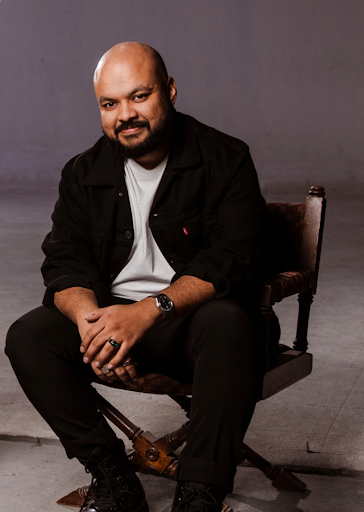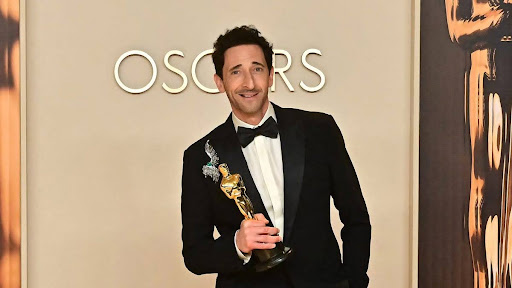With its recent development, artificial intelligence has found a home in every field: education, research, business, technology and more. Despite its adaptable utilizations, AI’s rapid and widespread infiltration of modern society has left many in the dark for the future of industry. Key concerns of the newly developing technology range from work integrity to potential job displacement. However, one industry in particular has received the brunt of this ethical debate.
The entertainment industry has been under heavy scrutiny since the development of artificially generated art. Since 2023, Hollywood artists and writers have worked tirelessly to keep AI out of the industry entirely. The Writers’ Guild of America, for instance, protested for the limitation of AI-powered writing tools such as ChatGPT. However, on March 2nd, 2025, a number of films and actors honored at the Oscars featured AI technology. In particular, the films Emilia Perez and The Brutalist utilized AI to alter the voices of its characters. According to the BBC, “Adrian Brody won the Academy Award for best actor, even with the help of AI to fine tune his accent” in The Brutalist.
Bryn Mooser and Naeem Talukdar are co-founders of Moonvalley, a tech company whose AI generator tool utilizes content that is paid for with filmmakers’ consent. Mooser claims that “AI in Hollywood is inevitable” and that the entertainment industry should embrace the benefits that AI has to offer. For instance, AI can be used to make top-charted movies and shows at a much lower budget.
However, many argue that “ethical” AI (AI that has access to a limited amount of legally licensed content) cannot develop the same quality art as “unethical” AI (AI that has unrestricted access to all art, copyrighted or not). Because of the notable difference in quality, many tech companies are urging the Trump administration to label more content as fair-use for their AI models to train with. This route in particular may be appealing to the U.S. government, given that many other countries, namely China, give AI models liberal access to art content. However, many argue that the integrity of art-licensing should be prioritized over foreign competition.

This debate reaches far beyond technology and the economy—it’s also an issue of morality. With the recent Oscar-nominated films and actors that drew upon AI, a question arises: at what point is AI-assisted artwork not art? Because art is a mode of human expression, some argue that Artificial Intelligence cannot create art due to its lack of emotion and intent. As the University of Plymouth states, “AI is motivated by commands, not a desire to express itself.” However, others state that AI can create works that evoke emotion and inspire humans, which is a characteristic of art itself.
Additionally, AI outputs are simply a rearrangement of human art on the internet. Ultimately, there is a gray space between an art piece and a prompt. And Talukdar believes in the coexistence of artists and AI: “AI is utterly meaningless without the artist at the centre of it; the technology needs to ultimately be subservient to the artist.” In other words, Talukdar argues that behind every AI program there is a human artist to ensure the integrity of the AI output.
Questions about AI in entertainment and the ethics of its use will continue to grow as AI is inevitably further integrated into our daily lives. In fact, according to the BBC, “Marvel directors Joe and Anthony Russo told The Wall Street Journal they plan to invest 400 million to craft AI tools for filmmakers.” Given the recent Oscar honorees and the entertainment industry’s generally positive reaction to the technology, we can certainly expect to find more AI in our favorite shows and movies.


